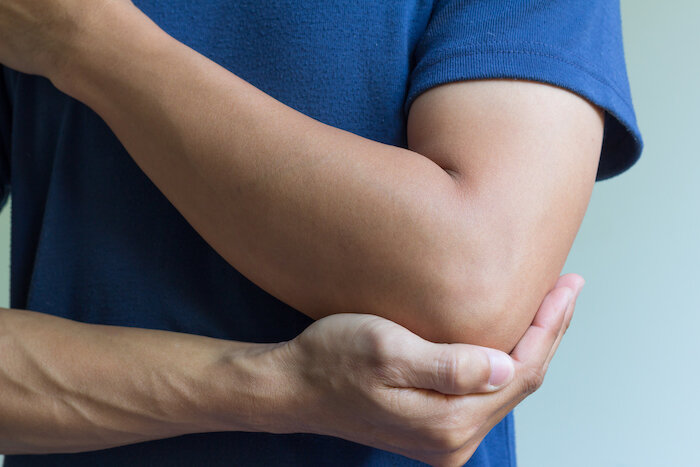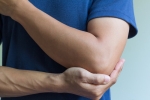
Inflammation of the Tendon and Bursa Often Associated with Overuse
Tendinitis is inflammation of tissues connecting muscle to bone; Bursitis is inflammation of bursae sacks acting as cushions between joints.
Tendinitis & Bursitis Facts & Information
These conditions are inflammation of the soft tissue around muscles and bones. Treatment often includes RICE (rest, ice, compression, and elevation). Signs which require immediate treatment would include a rapid progression of pain, redness, and swelling, or the inability to move the joint or extremity.
Tendons are cord-like structures that connect muscle to bone. Tendons are thicker and denser than muscle and transmit force from the muscle to the bone. Tendinitis is often tender to touch.
Bursae are small sacs that are situated between the bone and tendon to help protect them from frequent movement, which can result in fraying and stress. When a bursa is inflamed, it becomes very painful with movement or touch.
How & Why Tendinitis & Bursitis Develop
Tendinitis or bursitis can occur from an acute injury, but most often are related to chronic overuse. This is often associated with what one calls repetitive stress injury. Examples would include improper position when painting for long periods of time, using a keyboard, chopping wood, etc. Another example is a tennis player relying on a one-handed backhand.
Certain diseases can cause tendinitis or bursitis such as gout, pseudogout, and blood or kidney disease.
Certain medications are also associated with tendinitis or tendon rupture such as fluoroquinolone antibiotics and cholesterol-lowering medications (statins).
Symptoms
The most common symptoms of tendinitis and bursitis are as follows:
- Inflammation around joint areas (elbow, shoulder, or knee)
- Redness and swelling
- Tenderness to touch or movement of the joint
Diagnosis
Proper diagnosis starts with an experienced physician. The type of pain that you may have with bursitis or tendonitis can be similar to the symptoms of several types of disorders. Accurately determining the correct source of your pain is critical to successful treatment.
- Begins with a thorough clinical evaluation
- Including a complete medical history, analysis of your symptoms, and physical examination
- Testing may include x-rays, MRI and/or CT scans, etc.
Possible Treatments
- K-Laser Therapy
- Prolotherapy
- Platelet Rich Plasma (PRP Therapy)
- Stem Cell Therapy
Precision Pain Care and Rehabilitation has two convenient locations in Richmond Hill – Queens and New Hyde Park – Long Island. Call the Richmond Hill office at (718) 215-1888, or (516) 419-4480 for the Long Island office, to arrange an appointment with our Interventional Pain Management Specialist, Dr. Jeffrey Chacko.













